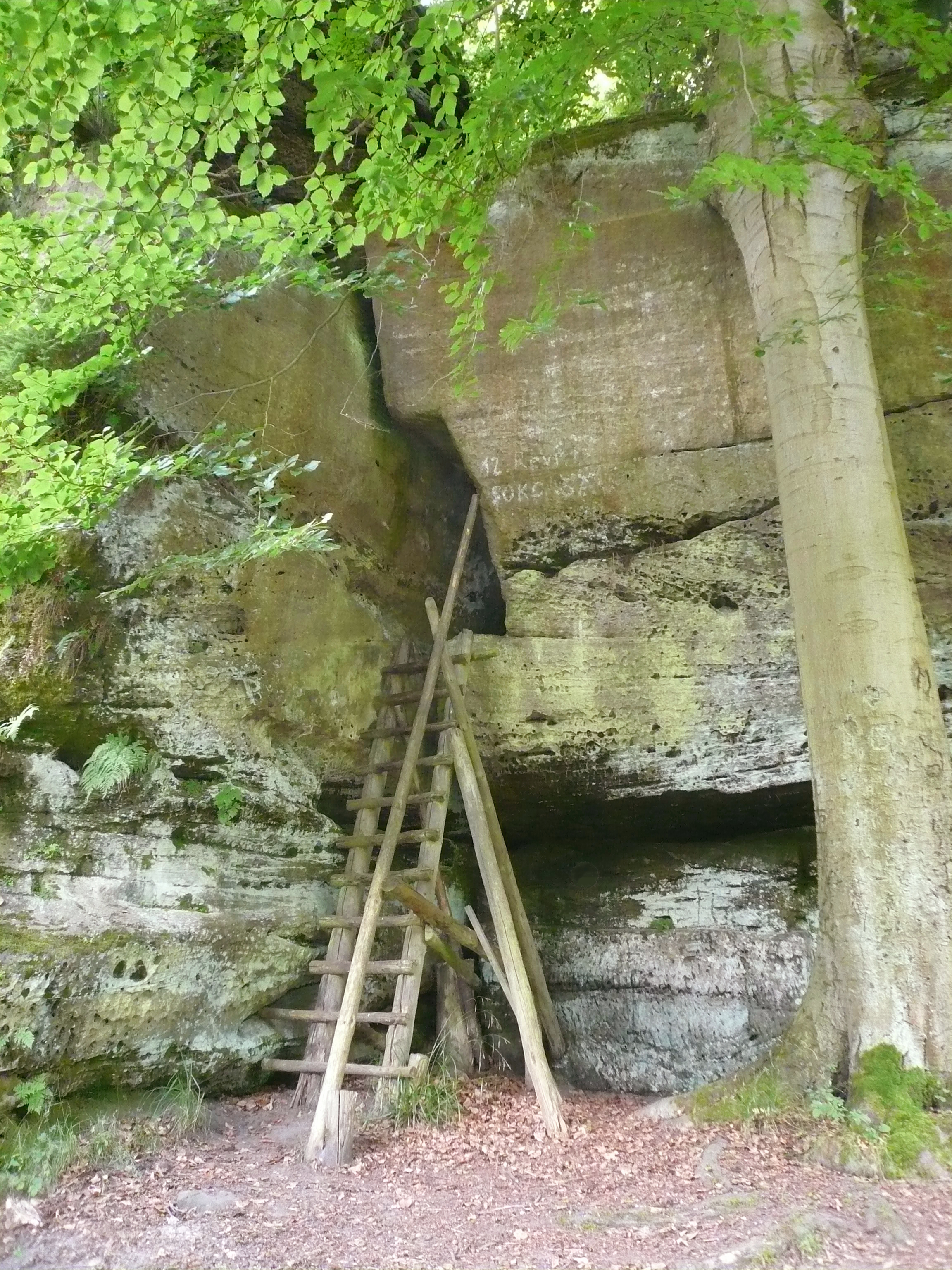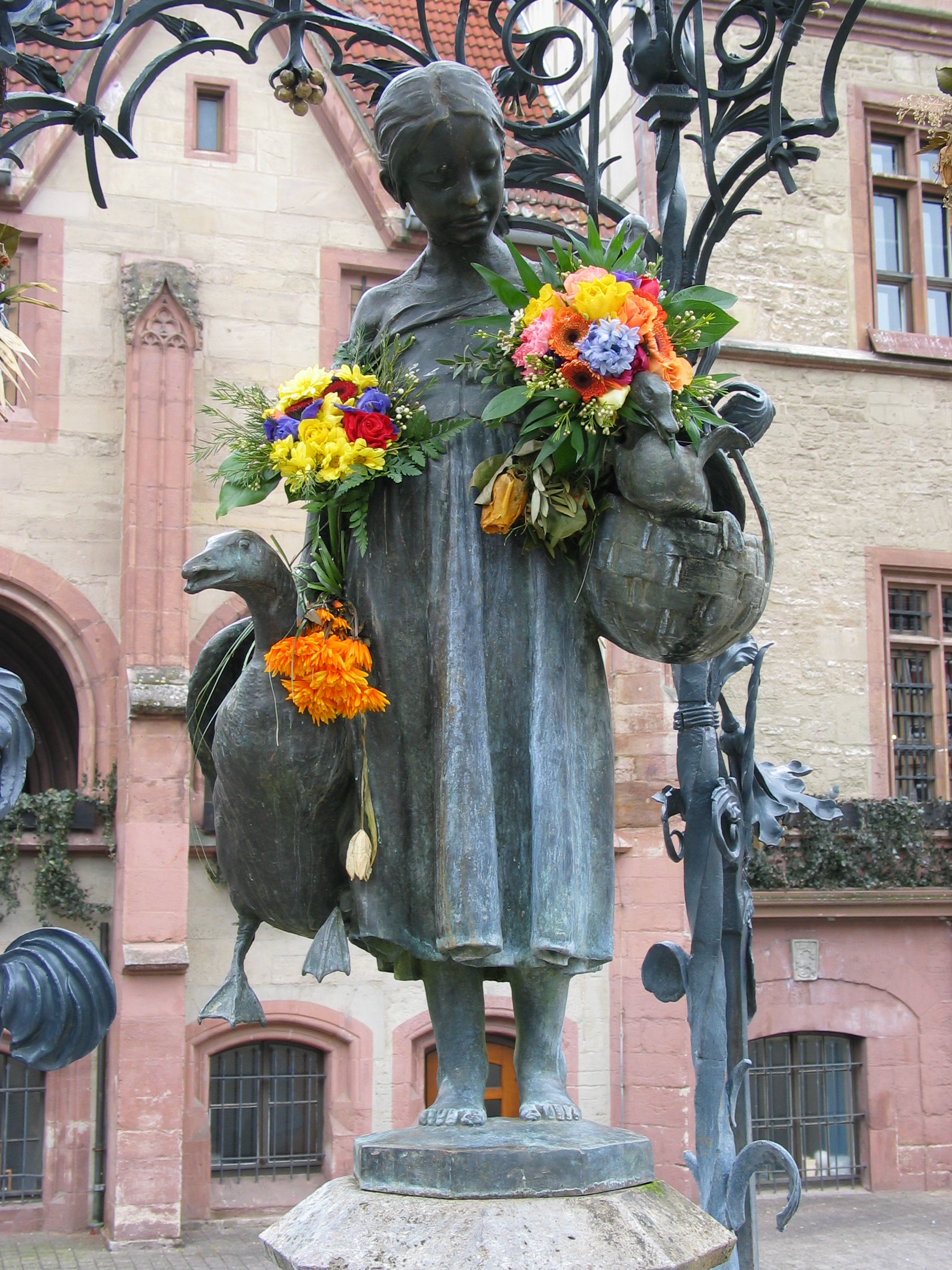|
Benniehausen
Benniehausen is a village in the Gemeinde Gleichen in southern Lower Saxony. The village of 349 residents (in 2010) is located in the Gartetal on the old trade route between Göttingen and Duderstadt Duderstadt () is a city in southern Lower Saxony, Germany, located in the district of Göttingen. It is the center and capital of the northern part of the Eichsfeld ("Untereichsfeld"). In earlier times it was the private wealth of the Roman C ..., lying some eight kilometers south-west of the former city. Construction of the village's half-timbered church began in 1779. The community has a prize-winning volunteer fire department. Community organizations include a senior citizens club (''Altenclub Benniehausen''). Benniehausen and the surrounding area have been inhabited since the Paleolithic. In nearby Niedeck, there is the ruin of an ancient fort, which was excavated in the 1990s Grote, Klaus "Die Hünsche Burg im Gartetal bei Niedeck," ''Göttinger Jahrbuch'' 41:318-320. T ... [...More Info...] [...Related Items...] OR: [Wikipedia] [Google] [Baidu] |
Gleichen, Lower Saxony
Gleichen is a municipality (in this case, a '' Gemeinde'') in the district of Göttingen, in Lower Saxony, Germany. Named after the two castles, Neuen-Gleichen and Alten-Gleichen on the twin peaks in the ''Gemeinde'', it is situated about 10 km southeast of Göttingen, from which the peaks are visible. Its seat is Reinhausen. Location The municipality of Gleichen is located southeast of Göttingen, west-southwest of Duderstadt and north-northwest of Heilbad Heiligenstadt. The River Garte flows through several of the villages in the municipality, as does the small Wendebach stream, which is impounded by the Wendebach Reservoir. Both streams are right, eastern tributaries of the Leine. In the center of the municipality are Die Gleichen, a pair of hills 430 m high, that rise between Appenrode, Bettenrode and Gelliehausen. Both hills were once crowned by castles, whose ruins may still be seen. The villages in the municipality may be accessed on state roads (''Land ... [...More Info...] [...Related Items...] OR: [Wikipedia] [Google] [Baidu] |
Lower Saxony
Lower Saxony (german: Niedersachsen ; nds, Neddersassen; stq, Läichsaksen) is a German state (') in northwestern Germany. It is the second-largest state by land area, with , and fourth-largest in population (8 million in 2021) among the 16 ' federated as the Federal Republic of Germany. In rural areas, Northern Low Saxon and Saterland Frisian language, Saterland Frisian are still spoken, albeit in declining numbers. Lower Saxony borders on (from north and clockwise) the North Sea, the states of Schleswig-Holstein, Hamburg, , Brandenburg, Saxony-Anhalt, Thuringia, Hesse and North Rhine-Westphalia, and the Netherlands. Furthermore, the Bremen (state), state of Bremen forms two enclaves within Lower Saxony, one being the city of Bremen, the other its seaport, Bremerhaven (which is a semi-enclave, as it has a coastline). Lower Saxony thus borders more neighbours than any other single '. The state's largest cities are state capital Hanover, Braunschweig (Brunswick), Lüneburg, ... [...More Info...] [...Related Items...] OR: [Wikipedia] [Google] [Baidu] |
Kirche Benniehausen
Kirk is a Scottish and former Northern English word meaning "church". It is often used specifically of the Church of Scotland. Many place names and personal names are also derived from it. Basic meaning and etymology As a common noun, ''kirk'' (meaning 'church') is found in Scots language, Scots, Scottish English, Ulster-Scots dialects, Ulster-Scots and some English language in England, English dialects, attested as a noun from the 14th century onwards, but as an element in placenames much earlier. Both words, ''kirk'' and ''church'', derive from the Koine Greek κυριακόν (δωμα) (kyriakon (dōma)) meaning ''Lord's (house)'', which was borrowed into the Germanic languages in late antiquity, possibly in the course of the Gothic Christianity, Gothic missions. (Only a connection with the idiosyncrasies of Gothic language, Gothic explains how a Greek neuter noun became a Germanic feminine). Whereas ''church'' displays Old English language, Old English Palatalization (phon ... [...More Info...] [...Related Items...] OR: [Wikipedia] [Google] [Baidu] |
Göttingen
Göttingen (, , ; nds, Chöttingen) is a college town, university city in Lower Saxony, central Germany, the Capital (political), capital of Göttingen (district), the eponymous district. The River Leine runs through it. At the end of 2019, the population was 118,911. General information The origins of Göttingen lay in a village called ''Gutingi, ''first mentioned in a document in 953 AD. The city was founded northwest of this village, between 1150 and 1200 AD, and adopted its name. In Middle Ages, medieval times the city was a member of the Hanseatic League and hence a wealthy town. Today, Göttingen is famous for its old university (''Georgia Augusta'', or University of Göttingen, "Georg-August-Universität"), which was founded in 1734 (first classes in 1737) and became the most visited university of Europe. In 1837, seven professors protested against the absolute sovereignty of the House of Hanover, kings of Kingdom of Hanover, Hanover; they lost their positions, but be ... [...More Info...] [...Related Items...] OR: [Wikipedia] [Google] [Baidu] |
Duderstadt
Duderstadt () is a city in southern Lower Saxony, Germany, located in the district of Göttingen. It is the center and capital of the northern part of the Eichsfeld ("Untereichsfeld"). In earlier times it was the private wealth of the Roman Catholic archbishop of Mainz. The earliest documentary mention of Duderstadt was in 929 AD, and the city celebrates its anniversaries counting from that year. It is located on the German Timber-Frame Road. Architecture The city contains many historical buildings in the Half-timber style, most notably along the Market Street, which stretches from the St. Cyriakuskirche (Catholic, built 1250–1490), also called "Oberkirche" (upper church), down to the St. Servatiuskirche (Protestant, built 1370–1520), also called "Unterkirche" (nether church). Built in 1343, the Westerturm is one of at least eight gate towers and peels of the city's fortress wall, it burned down in 1424 and was rebuilt over the course of 12 years. The ... [...More Info...] [...Related Items...] OR: [Wikipedia] [Google] [Baidu] |





